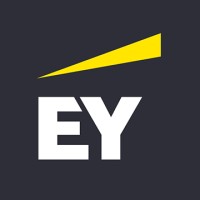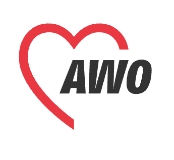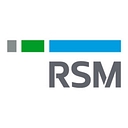
Companies that use FaaS
FaaS is a platform for building serverless functions on Docker Swarm Mode with first class metrics. Any UNIX process can be packaged as a function in FaaS enabling you to consume a range of web events without repetitive boiler-plate coding.
1,857
companies
FaaS customers by country
FaaS is used in 51 countries
Technology Usage Statistics and Market Share
How to target FaaS users
- How to customize this list?
You can customize this data to your needs by filtering for geography, industry, company size, revenue, technology usage, job postions and more. You can download the data in Excel or CSV format.
- How to be alerted when companies adopt this technology?
You can get alerts for this data. You can get started by selecting the technology you are interested in and then you will receive alerts in your inbox when there are new companies using that technology.
- How to import this data to my CRM?






































































